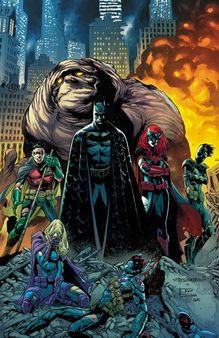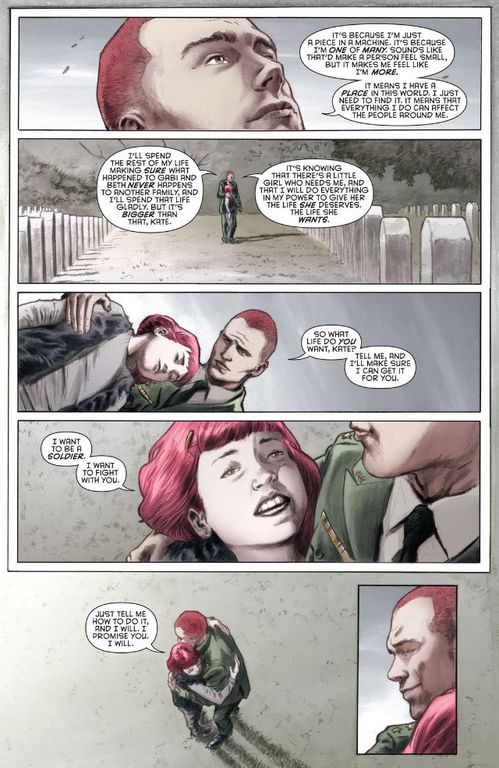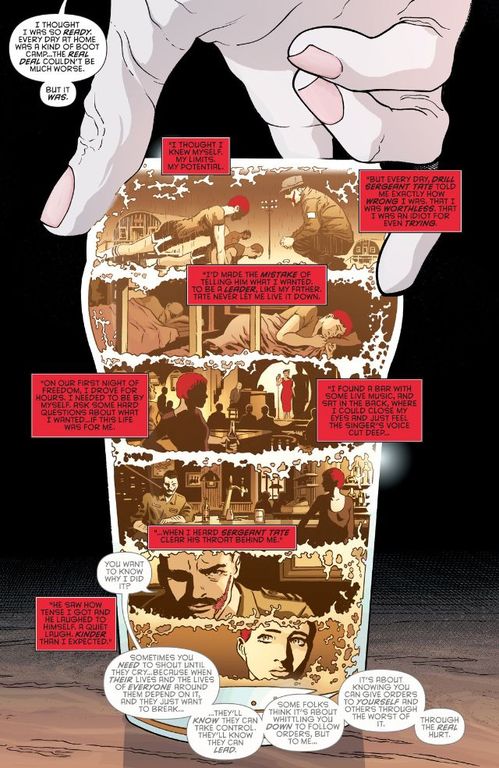Detective Comics Redeems Batwoman in DC’s Best New Team Book
Main Art by Eddy Barrows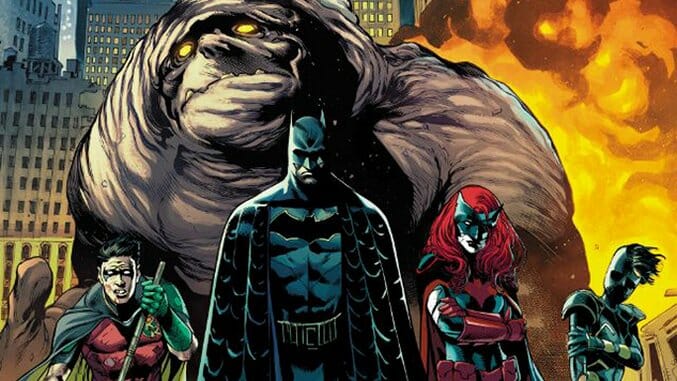
Batwoman famously got short shrift from DC when editorial pulled the plug on J.H. Williams III and W. Haden Blackman’s planned run in 2013, refusing to let the pair release a storyline in which the lesbian super-heroine got married. The floundering series never recovered and was canceled in 2014. In DC’s surprisingly awesome Rebirth phase, the publisher is righting the course for one of their best characters; Batwoman may not be hitched or have her own series—yet—but she’s a key member of one of the best Bat titles as Detective Comics, written by James Tynion IV and illustrated by Eddy Barrows and Alvaro Martinez, lives up to its long, glorious 79-year history.
The current Batwoman—created by Greg Rucka and a committee of creators in 2006 as part of the weekly series 52, but fleshed out by Rucka and Williams III—is one of the most significant and appealing new superheroes of this century. In a story that is now pleasantly dated, Kate Kane was kicked out of the military for refusing to lie about her sexual orientation. After some aimless times back in Gotham, the trained former cadet decided wearing the Bat symbol was the best new way to serve. The new Batwoman mostly avoided Batman and company, and her adventures often veered toward the supernatural (or mythological, as in a wonderful team-up with Wonder Woman against Medusa and a demon horde). Bringing Batwoman into the Bat-family was probably inevitable, but at least editorial is doing it right, making her a co-lead with Batman—and Batwoman’s backstory definitely drives the plot.
The deal: in the face of a new threat, Batman recruits Batwoman (who’s revealed to be his cousin on his mother’s side) to train a new team whose lineup both innovates and honors the Bat-family’s deep heritage. Three characters underused or outright obliterated by the New 52 return to action: Tim Drake (Red Robin), Stephanie Brown (Spoiler) and Cassandra Cain (formerly Batgirl, now Orphan). The wildcard and comic relief is Clayface, given a new spin that emphasizes the tragic nature of his accident/origin. When introduced in the first issue, the sad lump has chased people out of a movie theater so he can watch himself onscreen to remember being a handsome actor, rather than a gruesome, amorphous monster. This team lineup feels fresh and full of potential. Creator runs don’t usually last long, but Tynion has assembled characters whose interplay could carry 100 issues.
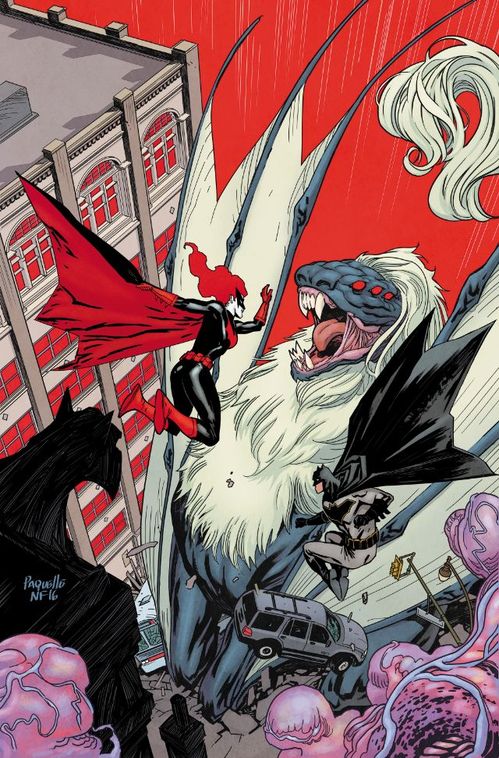
Detective Comics #941 Cover Art by Yanick Paquette
The first arc is a masterful balancing of Batman and Batwoman’s narratives that suggests their stories should have intertwined long ago. The plot hinges on a brilliant idea by Tynion: if Batman existed, his methods and strategy would be copied by the military. As Tim Drake puts it, “He built a model worth replicating. A skill set that makes one person as effective as an entire platoon.” This is a terrific inversion of the Christopher Nolan Batman, who borrows expensive and out-of-production tech from the military. In this story, it’s the state, led by someone Paste won’t spoil, that wants their own squad of Batmen, and who can blame them? The dude gets shit done.
-

-

-

-

-

-

-

-

-

-

-

-

-

-

-

-

-

-

-

-

-

-

-

-

-

-

-

-

-

-

-

-

-

-

-

-

-

-

-

-

